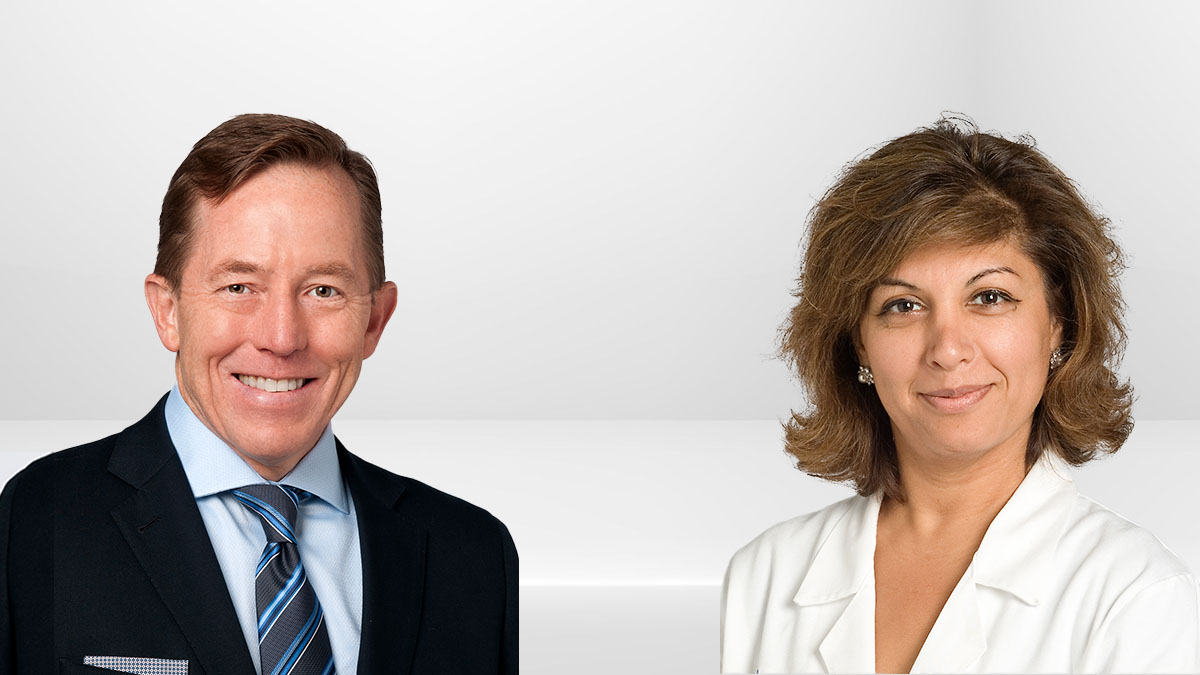
Love Your Heart
A Cleveland Clinic podcast to help you learn more about heart and vascular disease and conditions affecting your chest. We explore prevention, diagnostic tests, medical and surgical treatments, new innovations and more.
Subscribe:

Featured Episode
Team Based Care for Lung and Multi Organ Transplant
Kenneth McCurry, MD, and Marie Budev, DO, discuss Cleveland Clinic’s leadership in lung and multi-organ transplantation, highlighting innovations like ex vivo lung perfusion (EVLP) and the collaborative care model that supports complex transplant cases. They also acknowledge Lung Transplant Awareness Day, a national initiative aimed at increasing education about end-stage lung disease.
Play NowAll Love Your Heart Episodes
October 14, 2025
Lifelong Management of Heart Valve Patients
If you're living with a leaky mitral valve, valve repair can restore your heart health and your lifestyle. Cleveland Clinic cardiac surgeons Marc Gillinov, MD, and Tarek Malas, MD, explain why valve repair is often better than replacement, how robotic surgery can speed up recovery and what patients can expect after surgery.
Play NowOctober 7, 2025
New Drug Trial to Treat High Blood Pressure
Preventive cardiologist and researcher Luke Laffin, MD, discusses results from the Advance-HTN Phase 2 study. The trial tested a new medication called Lorundrostat for treatment of high blood pressure.
Play NowOctober 1, 2025
Taking Care of Your Cardiovascular Health While Aging
Cleveland Clinic experts discuss how heart conditions uniquely affect older adults. Abdulla Damluji, MD, and Ardeshir Hashmi, MD, explain Cleveland Clinic’s holistic care strategies that integrate cardiology and geriatrics to improve outcomes and quality of life for aging patients and their families.
Play NowSeptember 23, 2025
Ask the Heart Doctor: State-of-the-Art Coronary Artery Bypass Surgery
Coronary artery disease means that blood vessels in the heart are blocked, limiting the movement of blood throughout the heart. Expert cardiothoracic surgeons discuss techniques for coronary artery bypass surgery and what to expect in recovery in part two of this two-part series.
Play Now

